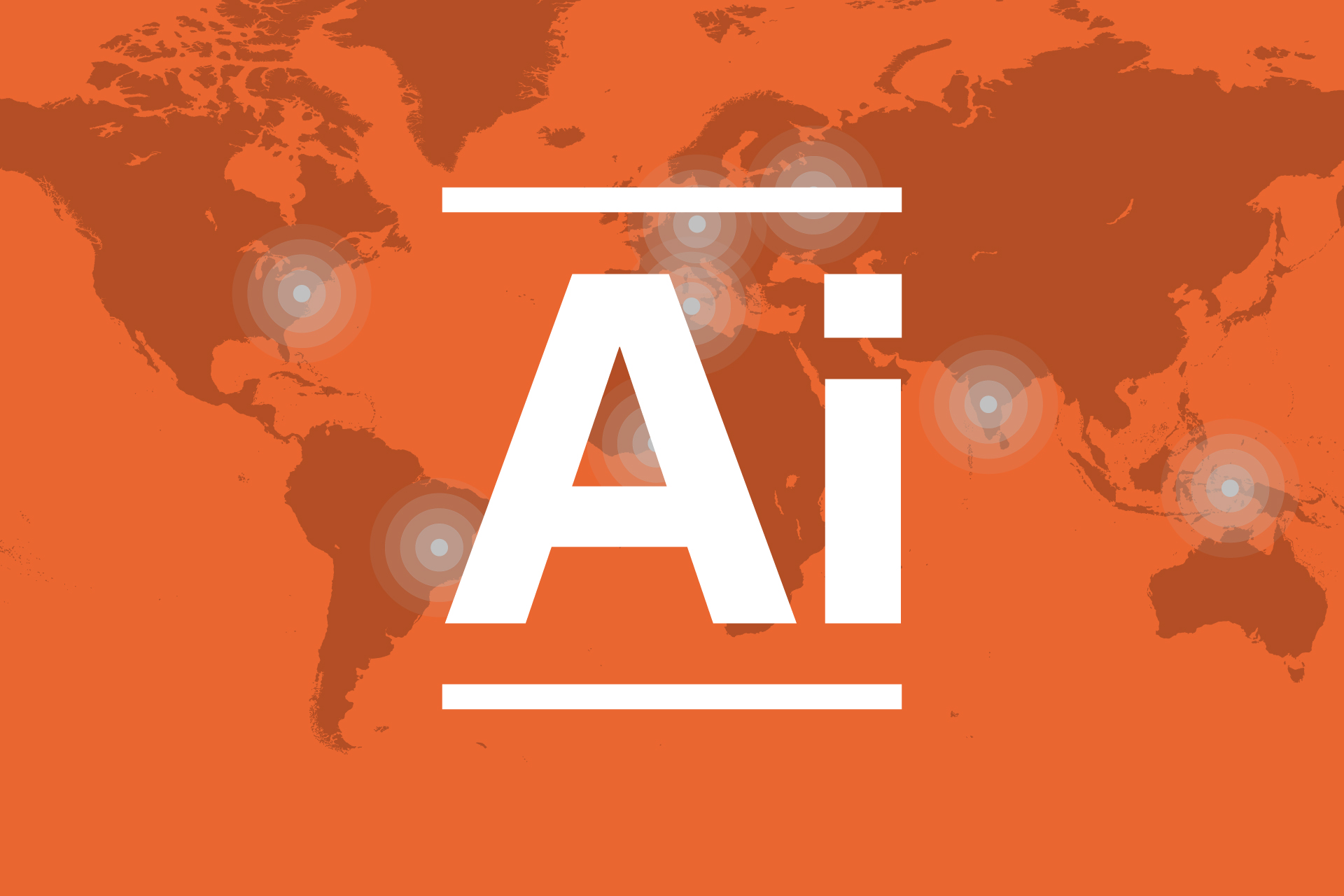Facts and Findings
Key Points
- The higher education system in the U.S. is more diverse in its structure than in Germany: Alongside doctorate-granting universities, there are Master’s and Baccalaureate Colleges, Associate’s Colleges, Special Focus Institutions and Tribal Colleges. There are over 4,000 higher education institutions with a collective enrolment of over 20 million students.
- In both the German and the U.S. federal higher education systems, the main responsibility for higher education lies within the federal states. Unlike in Germany, public universities in the U.S. rely heavily on private sources of income, such as tuition fees and donations.
- In the U.S., higher education university management gained more power over time. This shift weakened faculty senates. The Boards of Trustees in the U.S., representing social and economic interests, have more power than German university councils.


